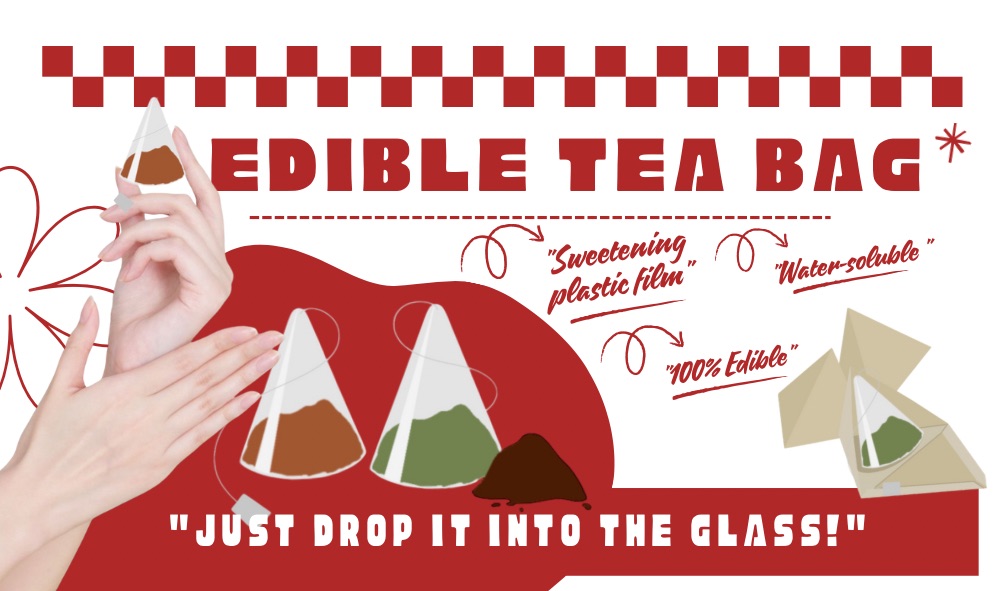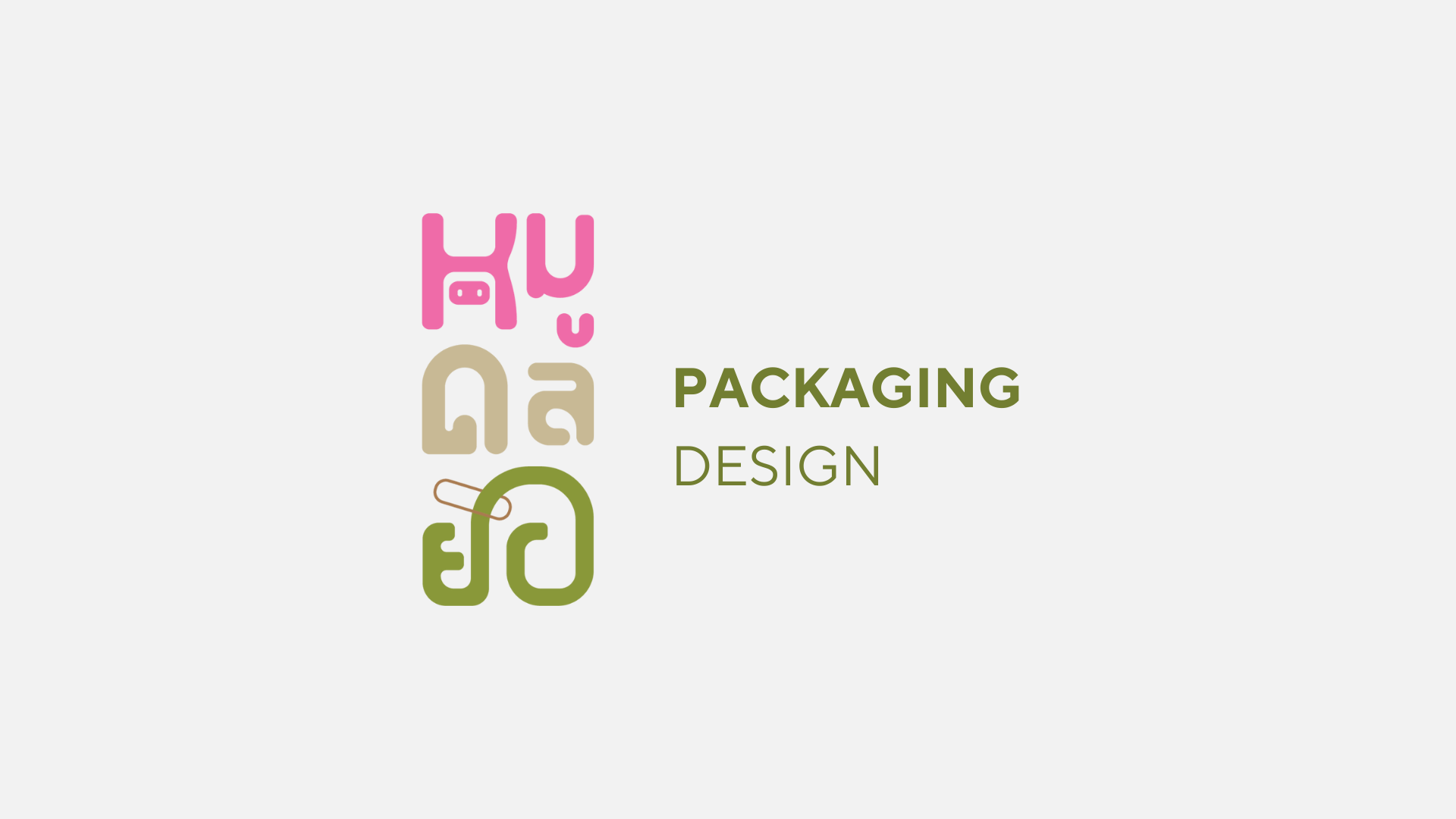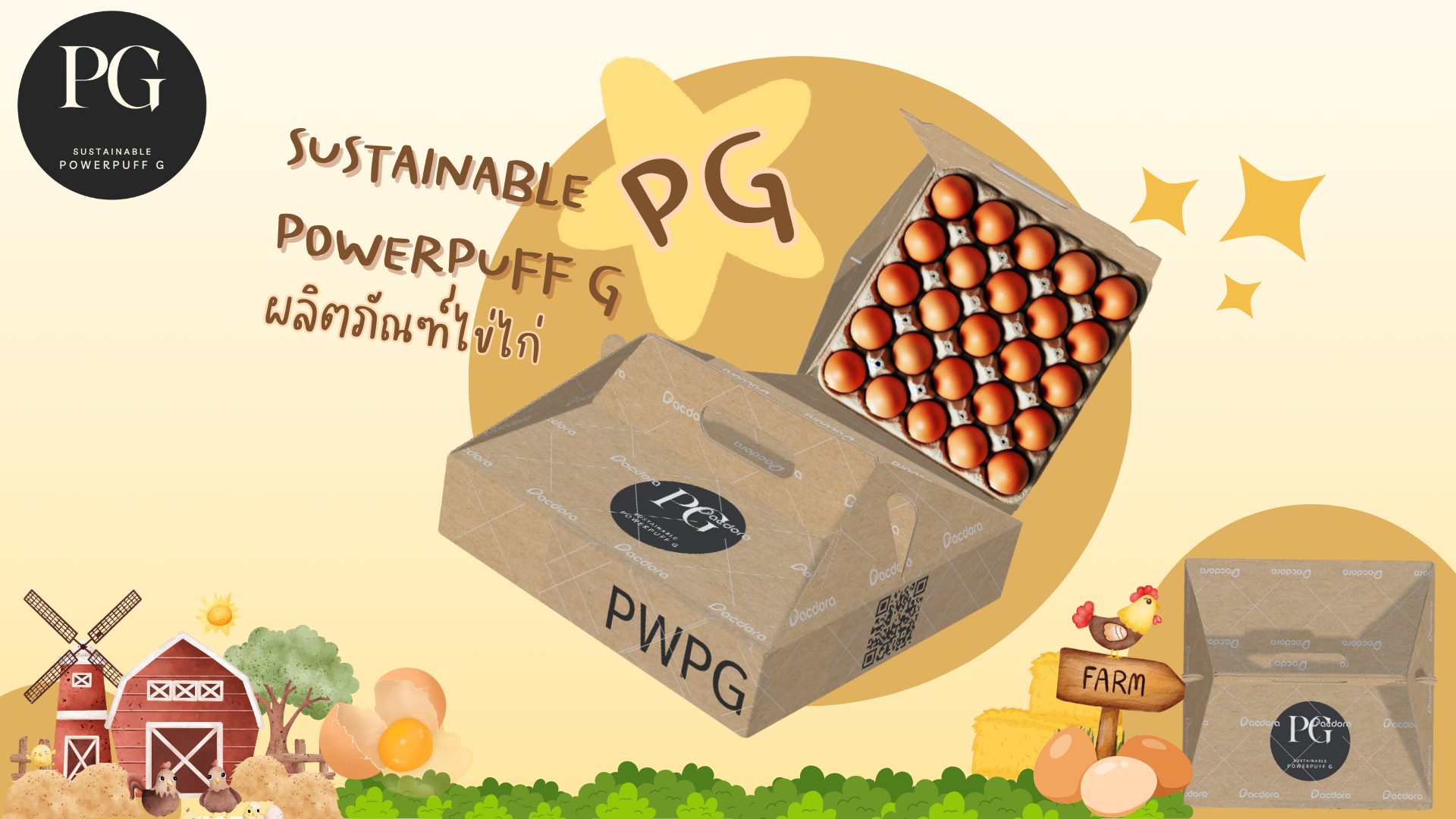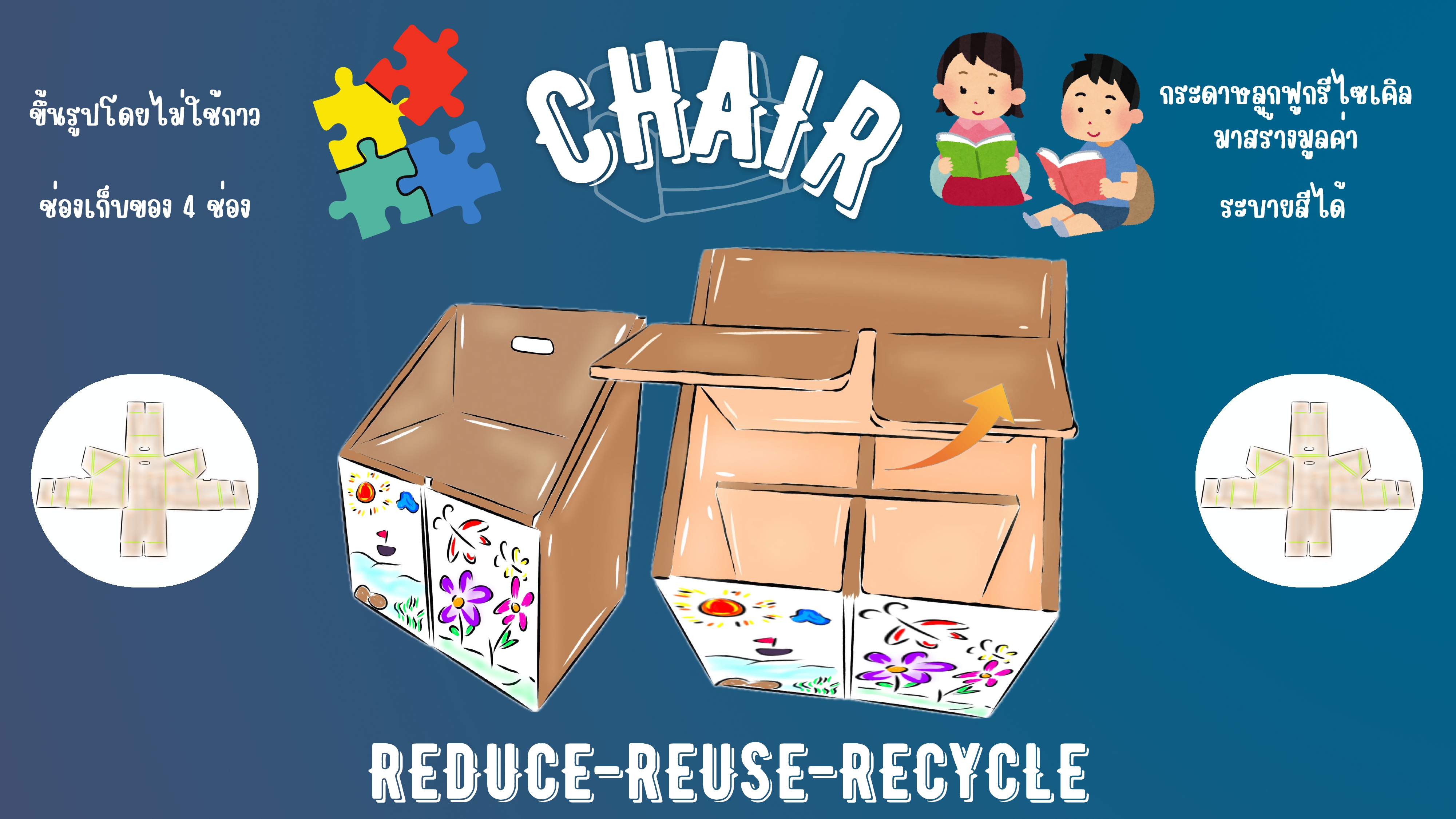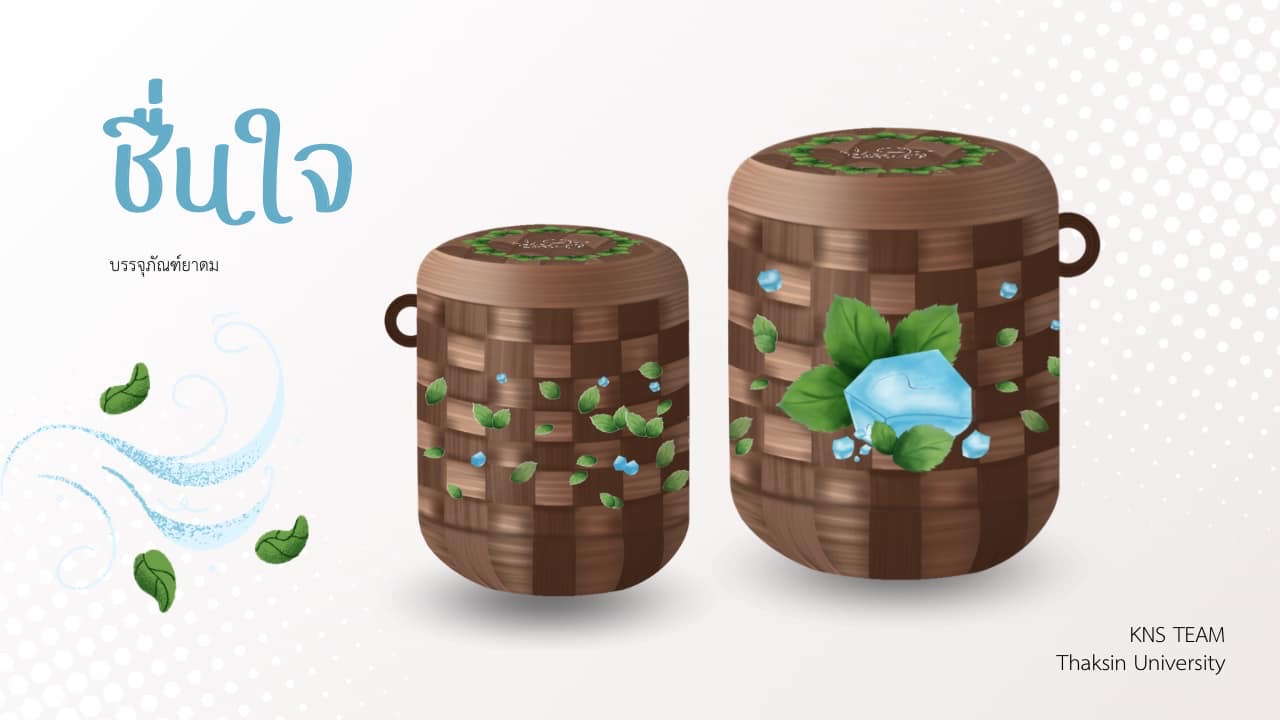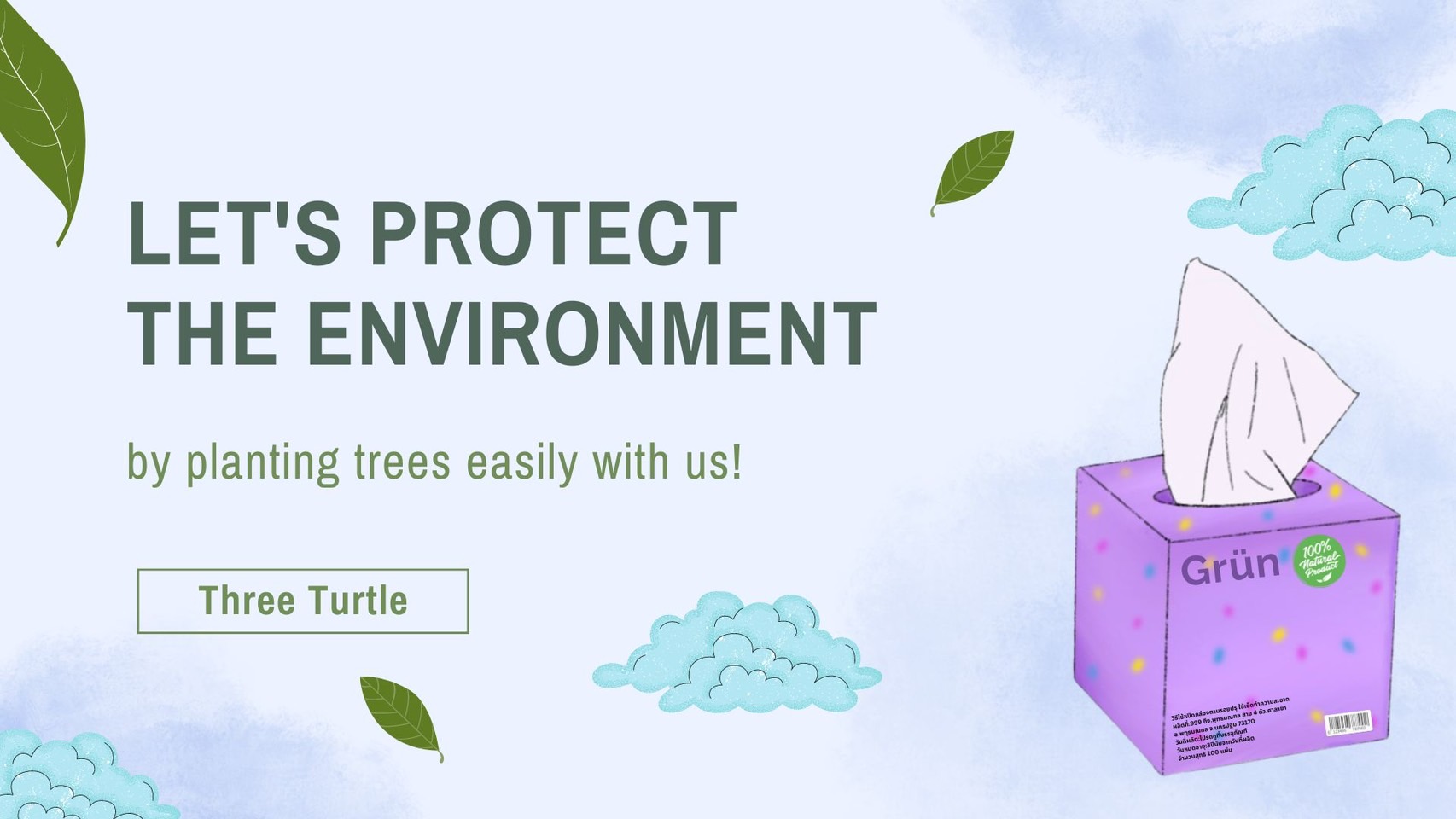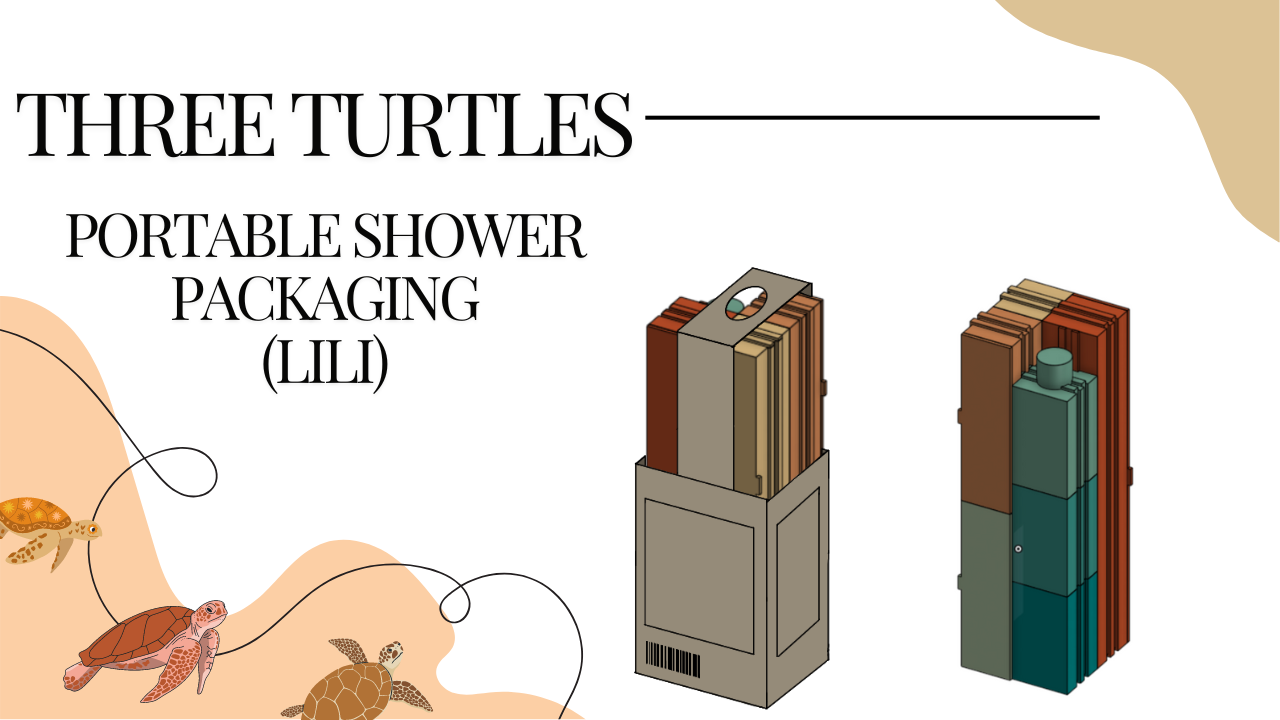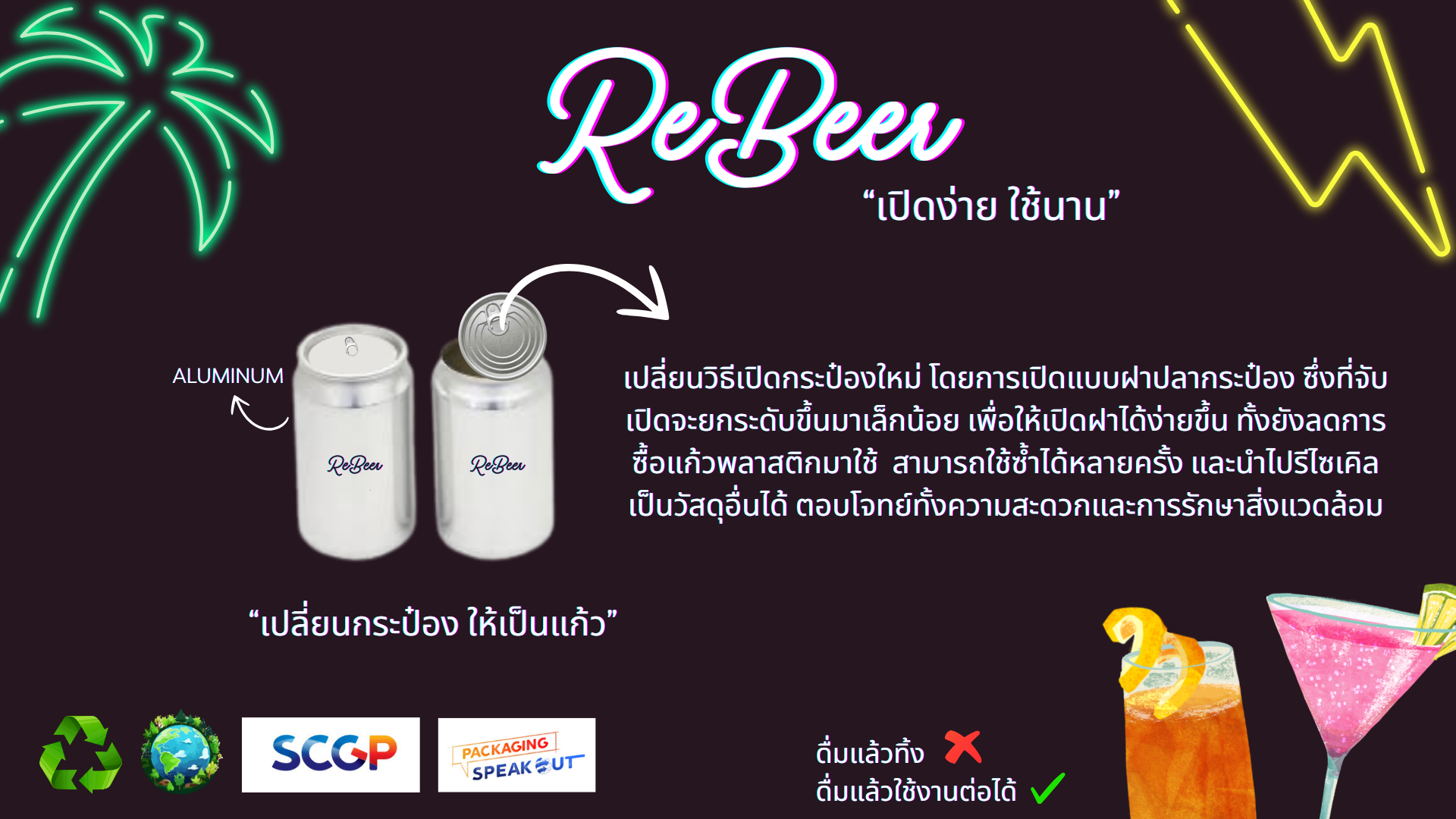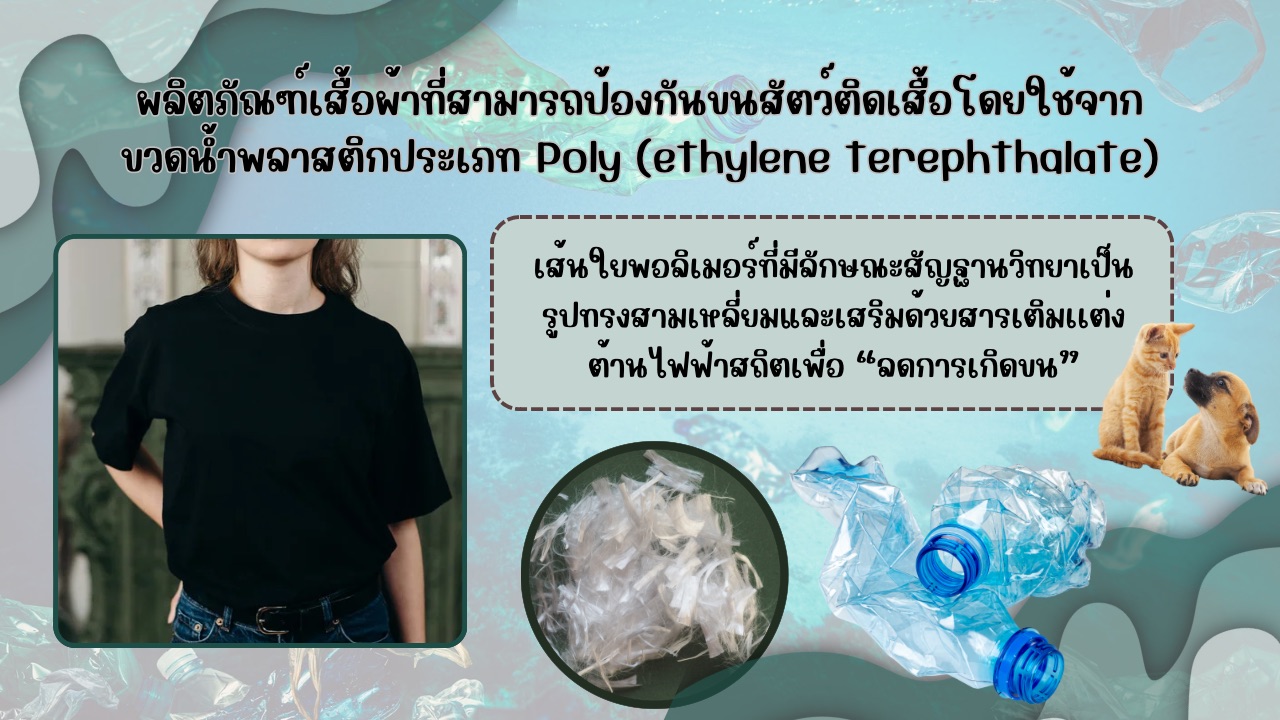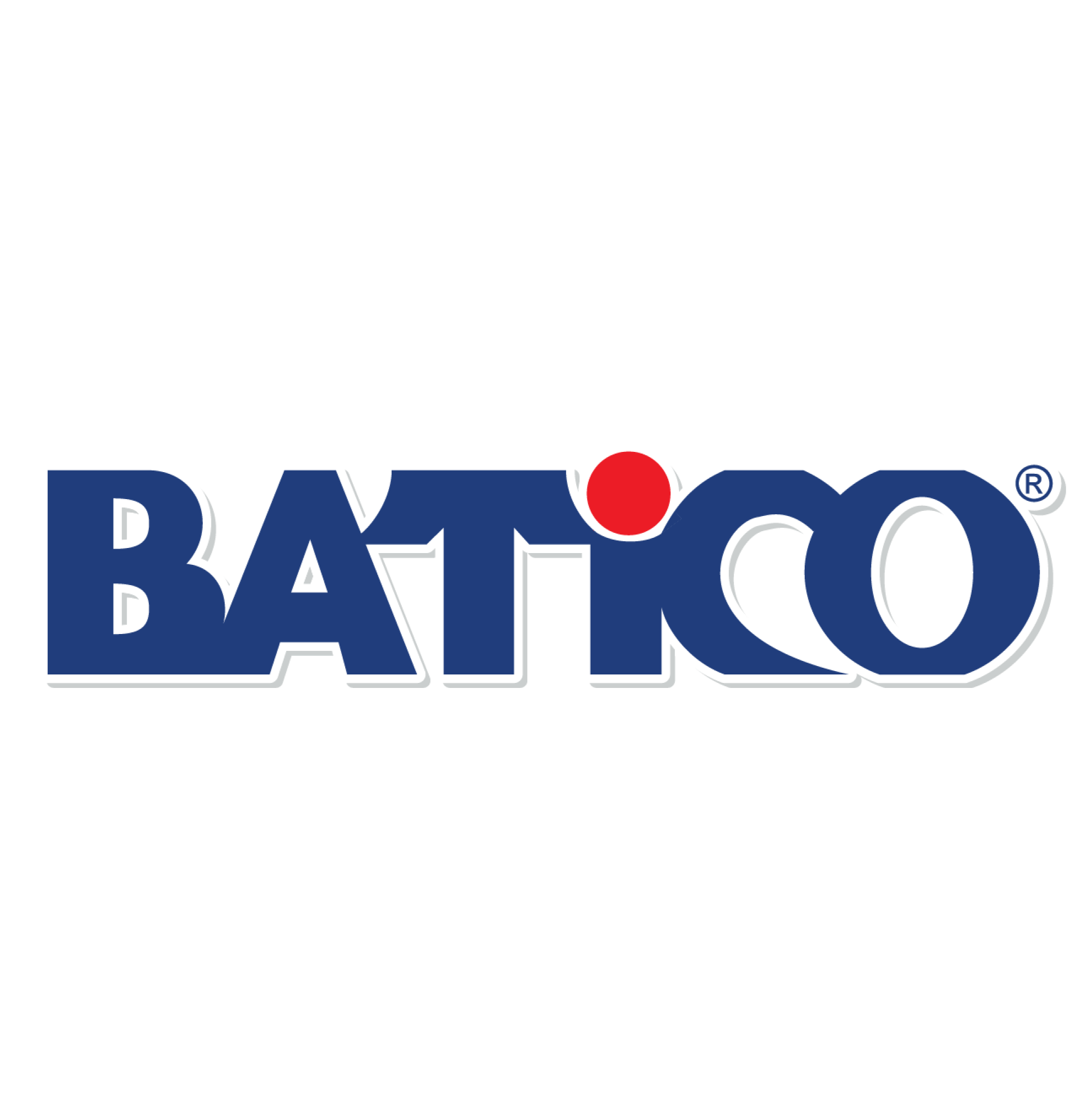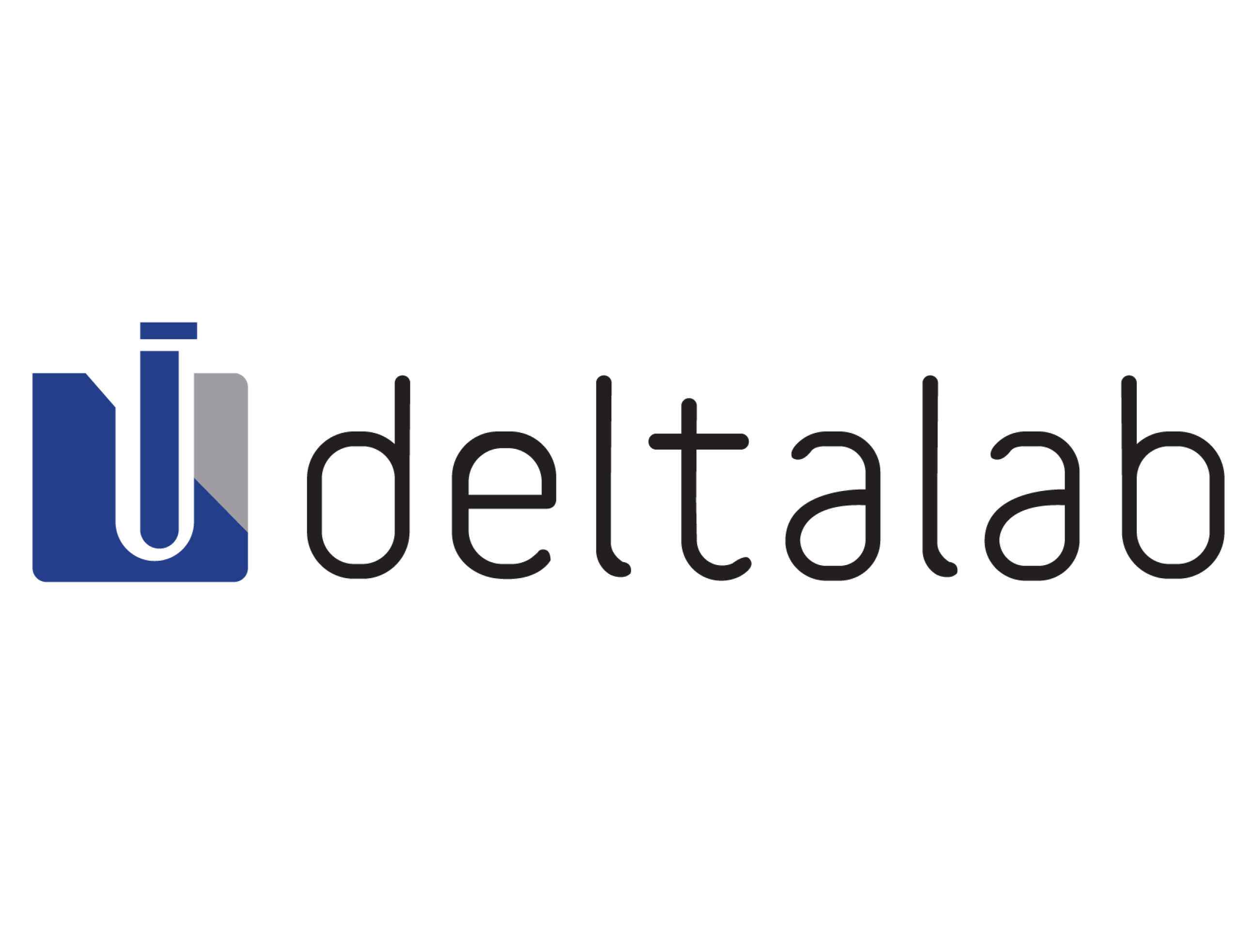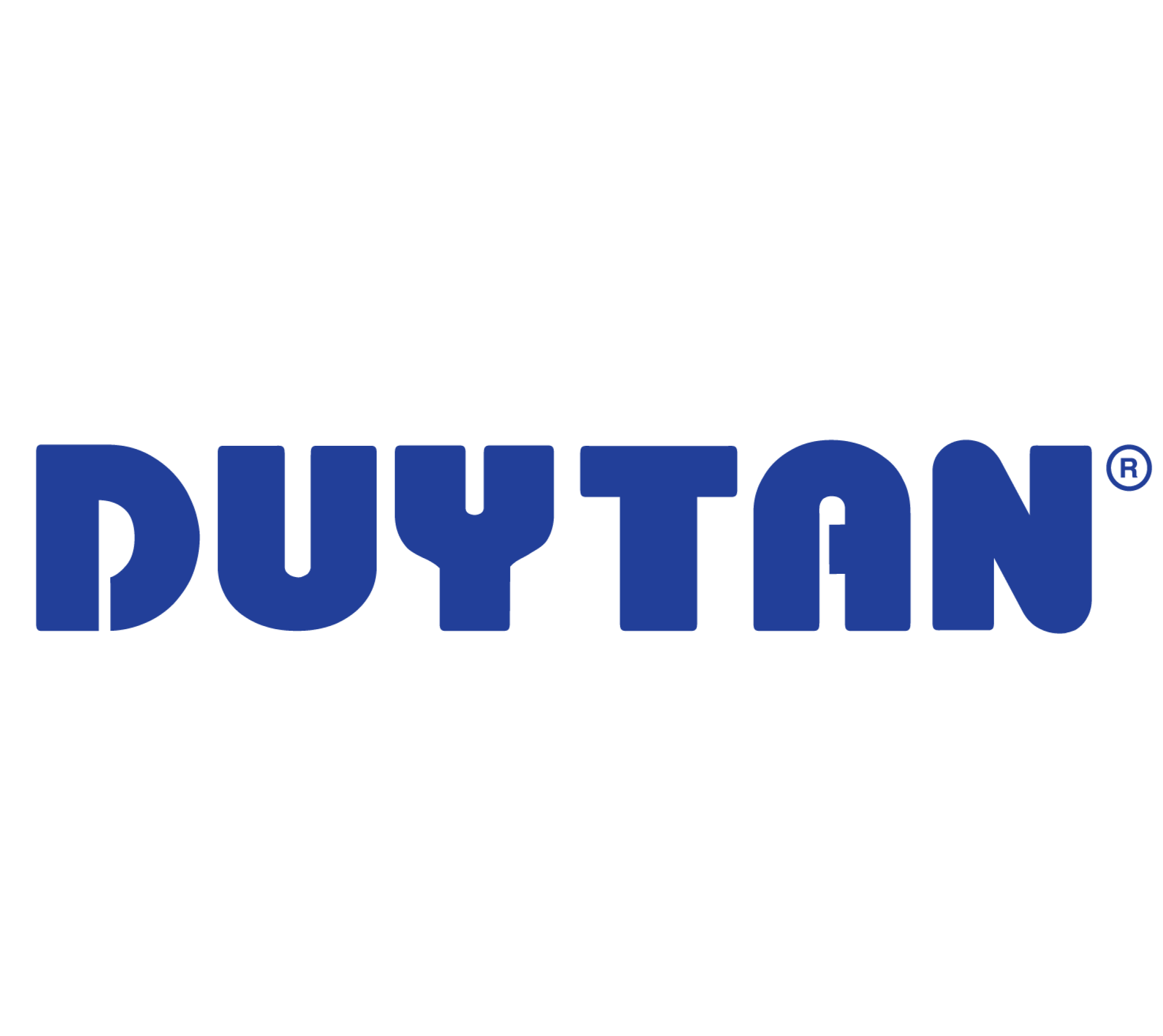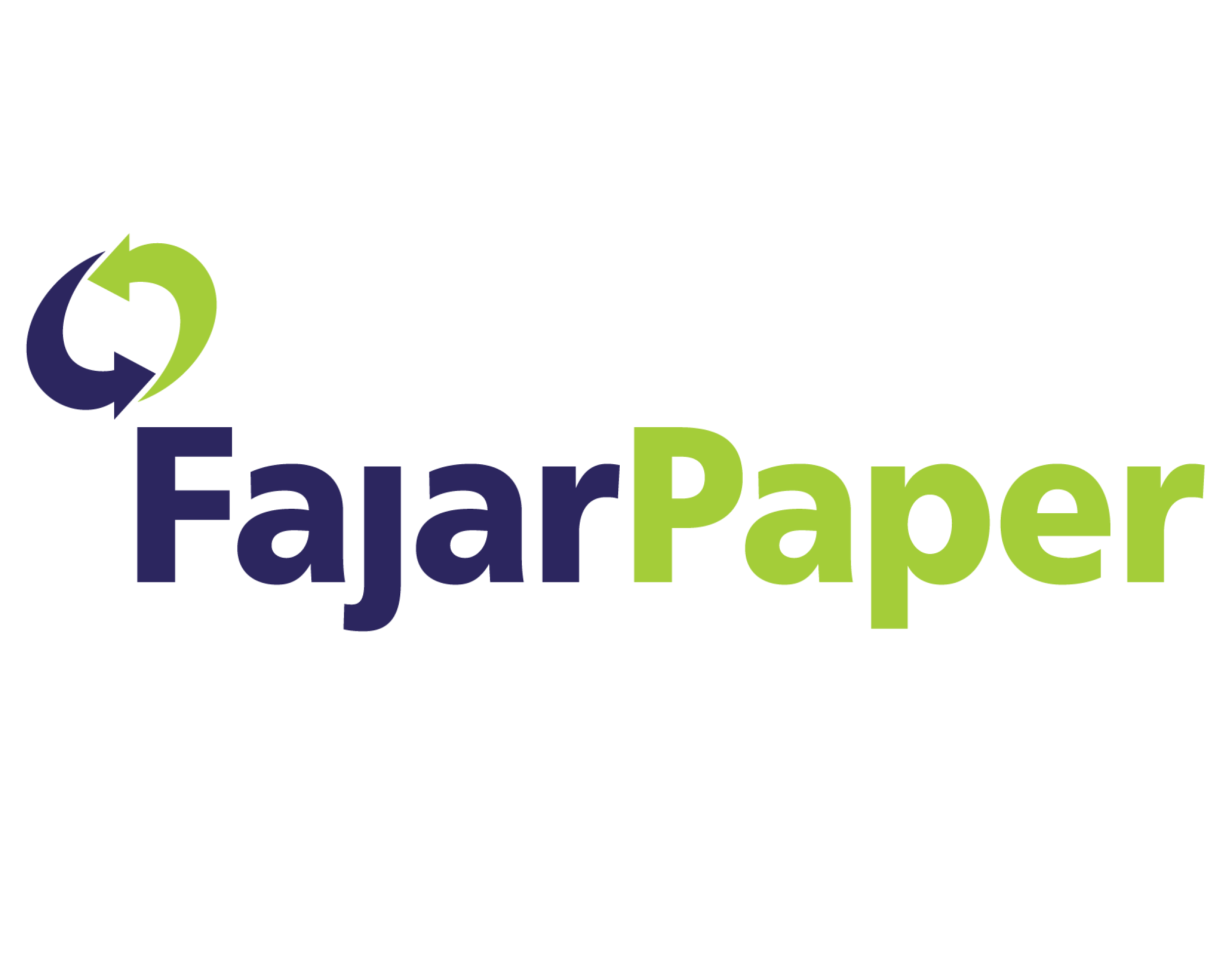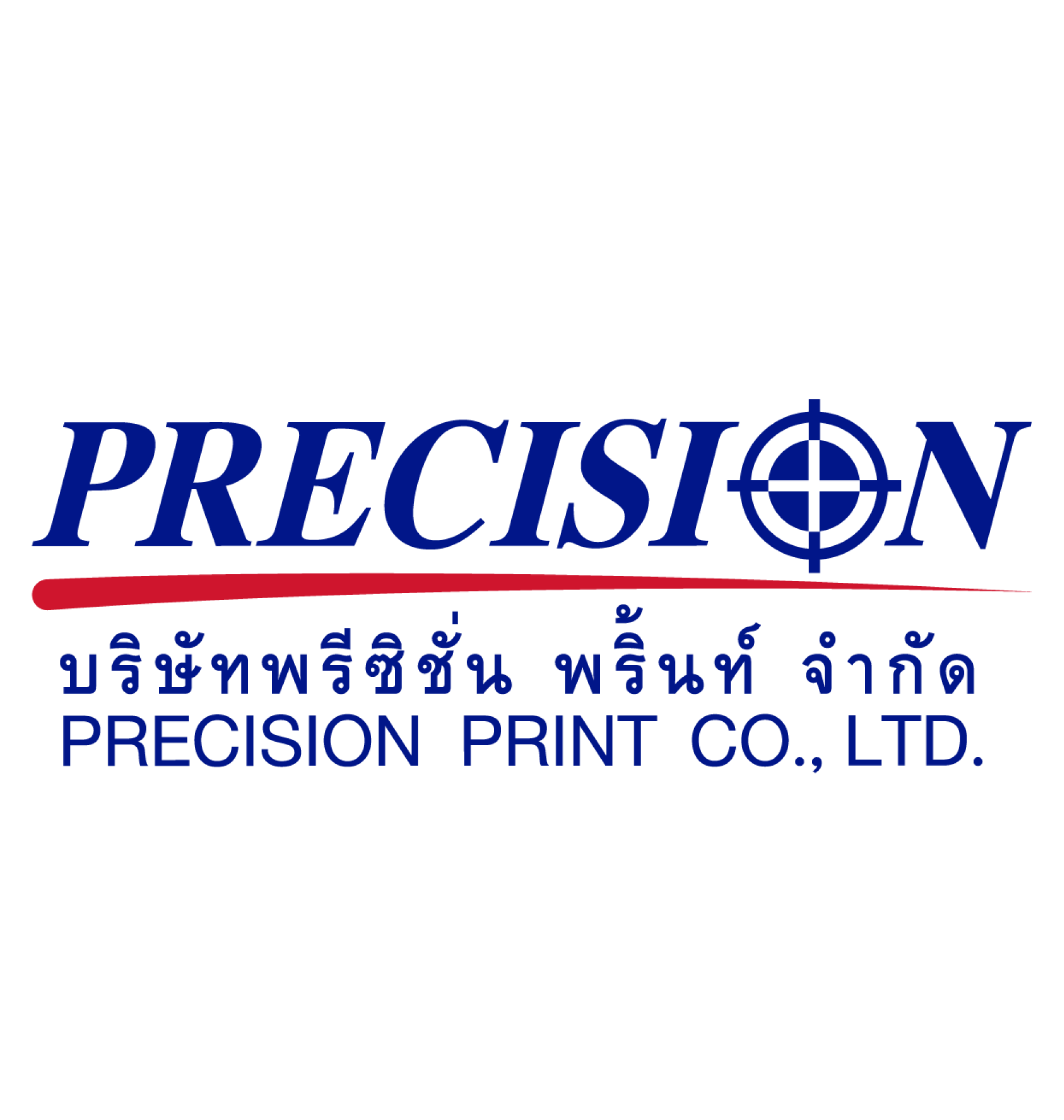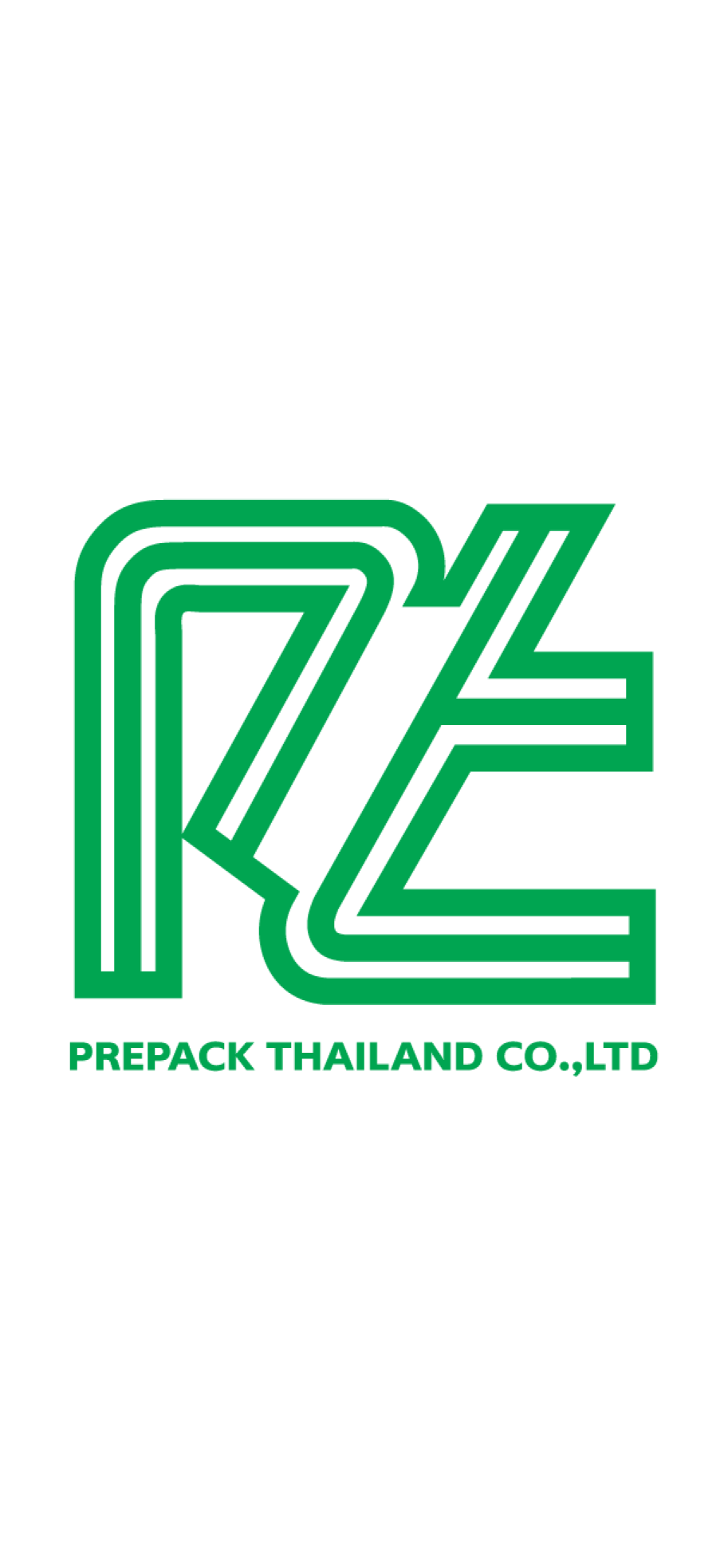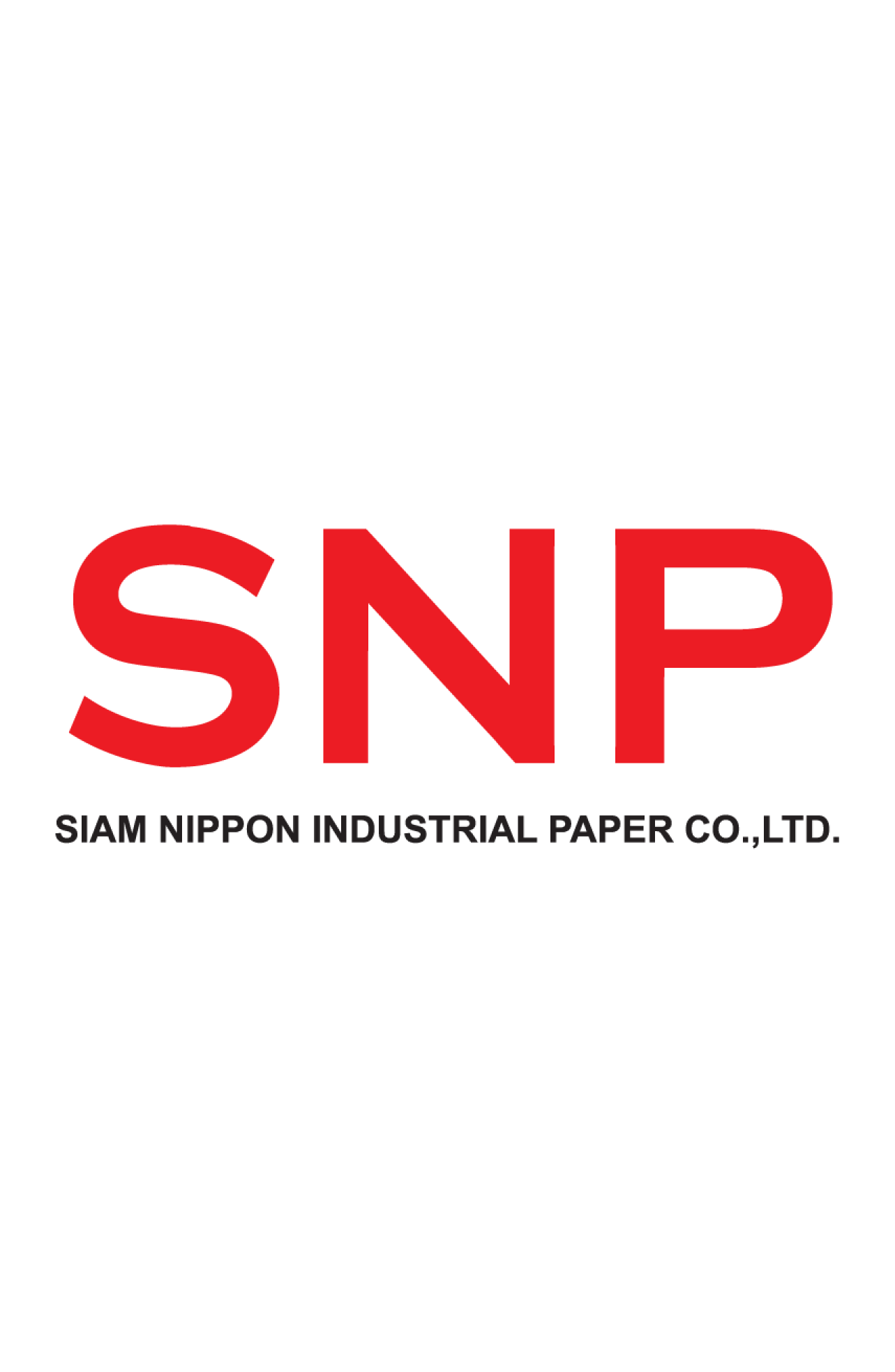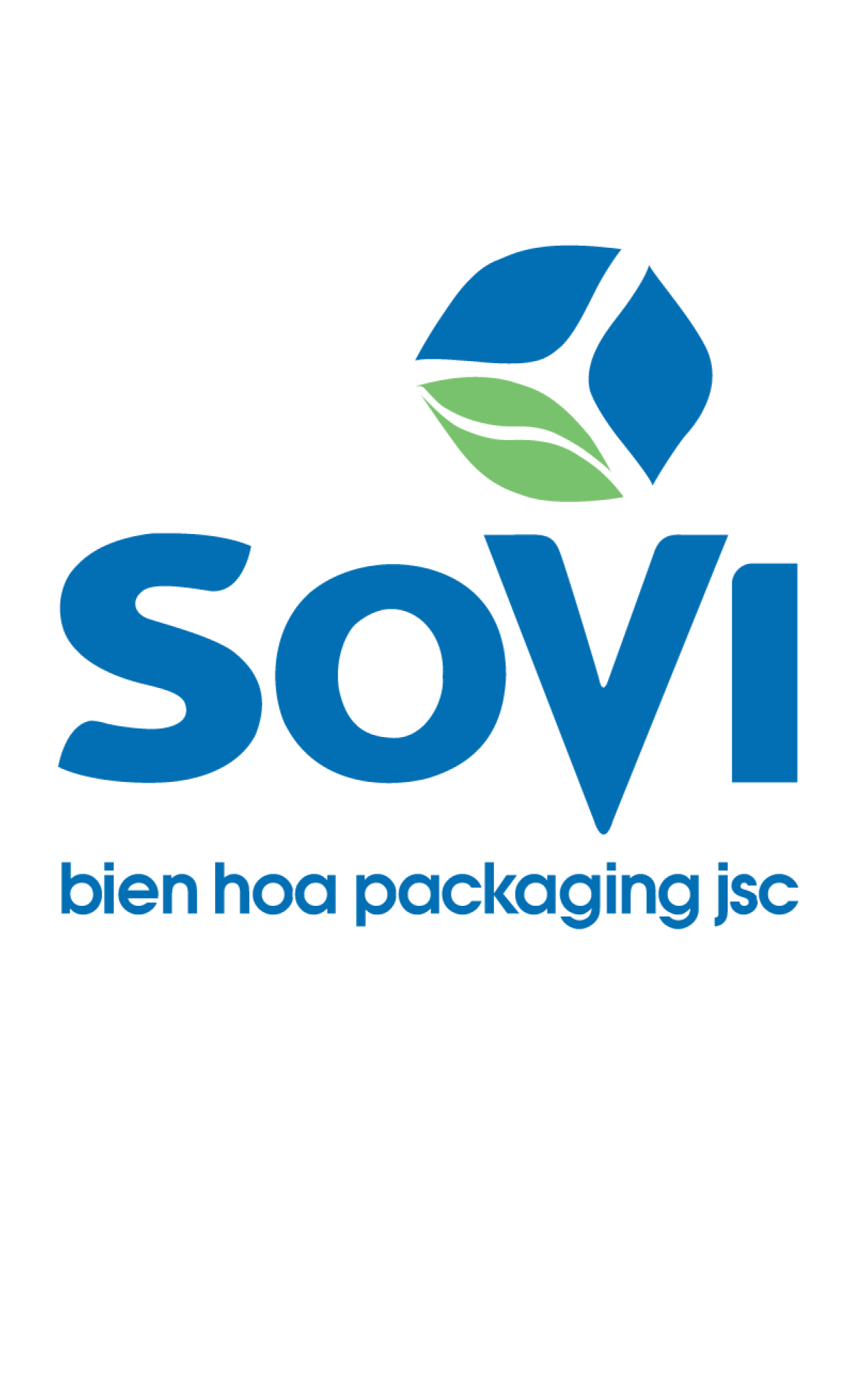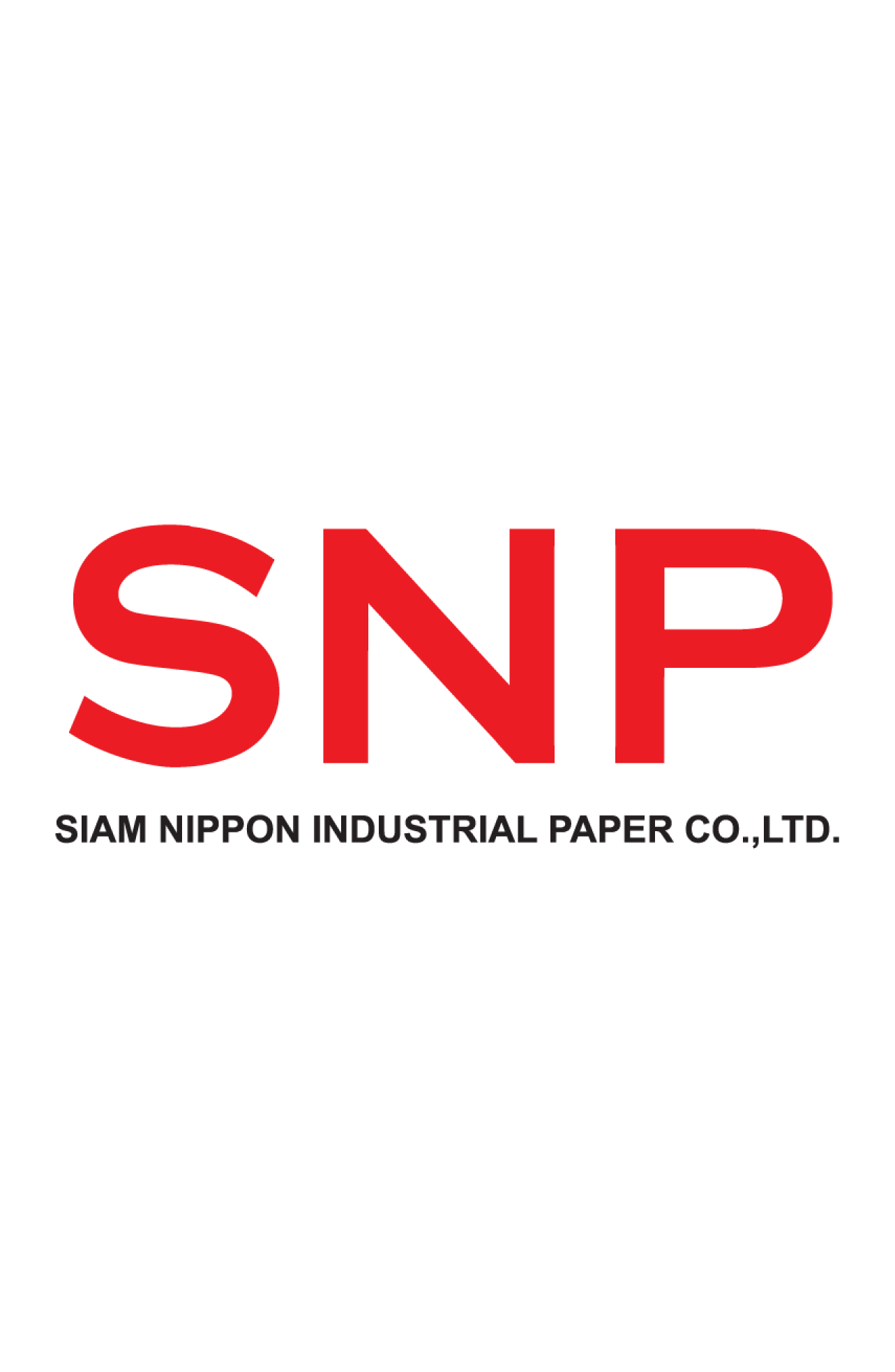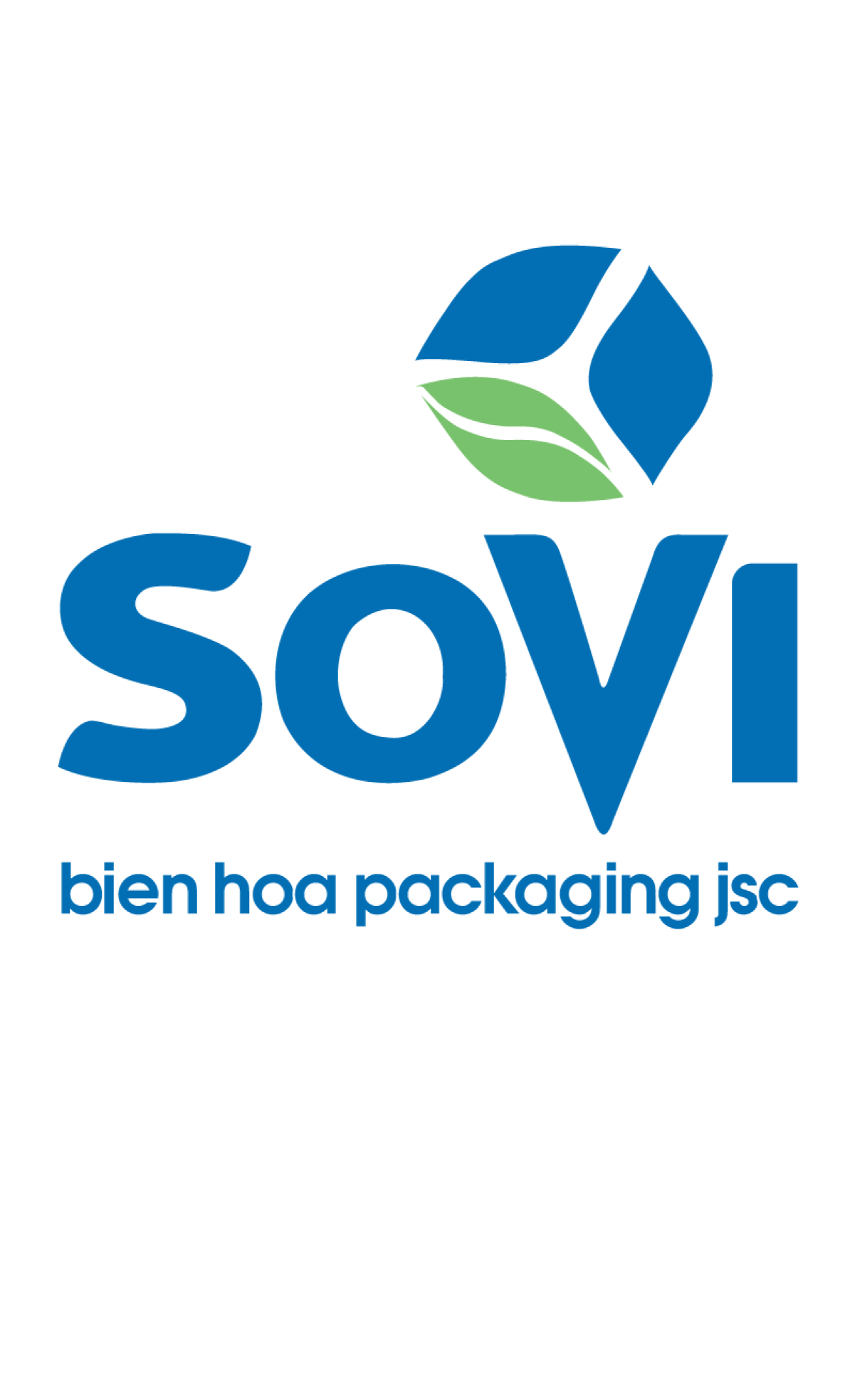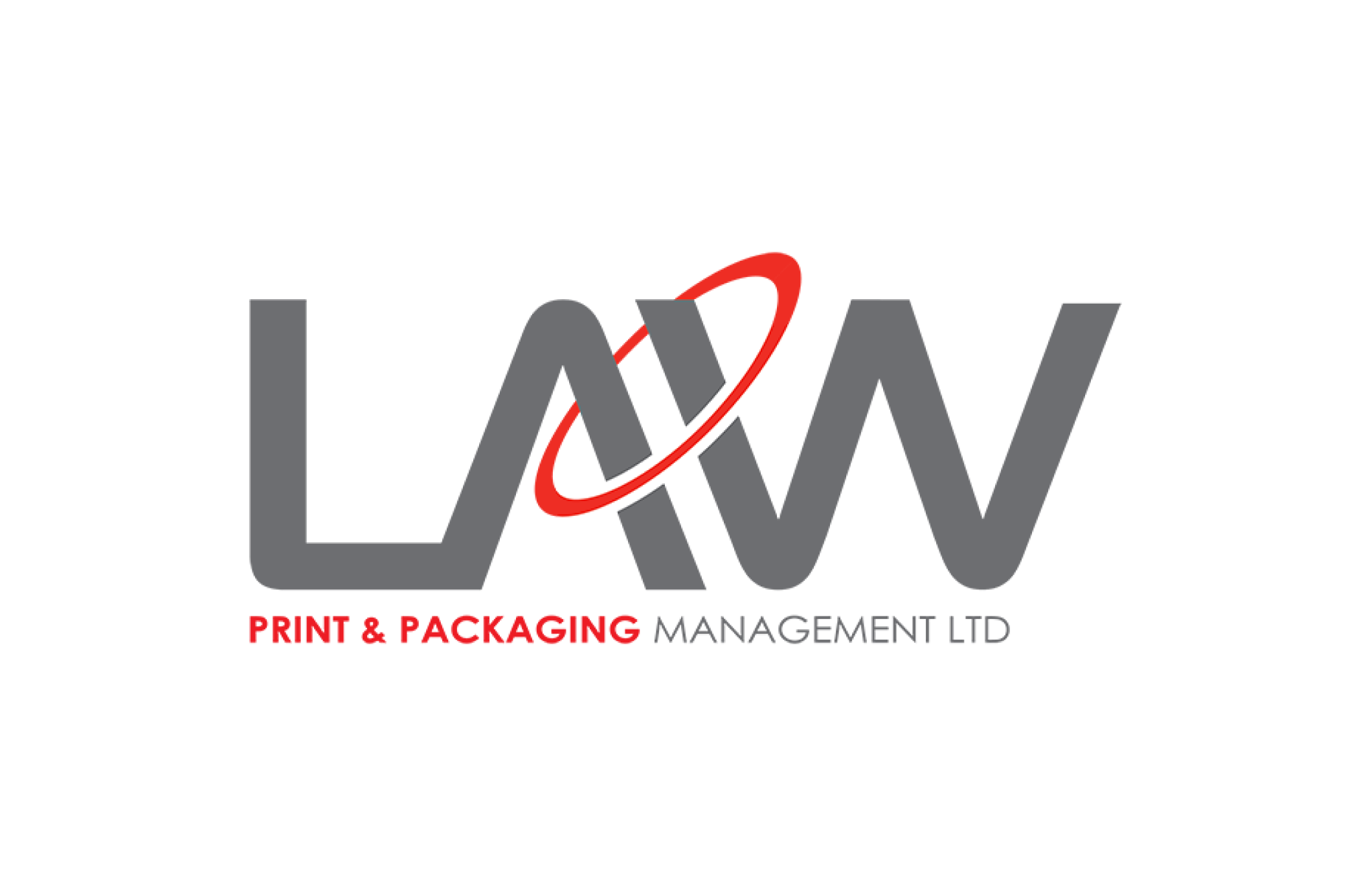Kopi
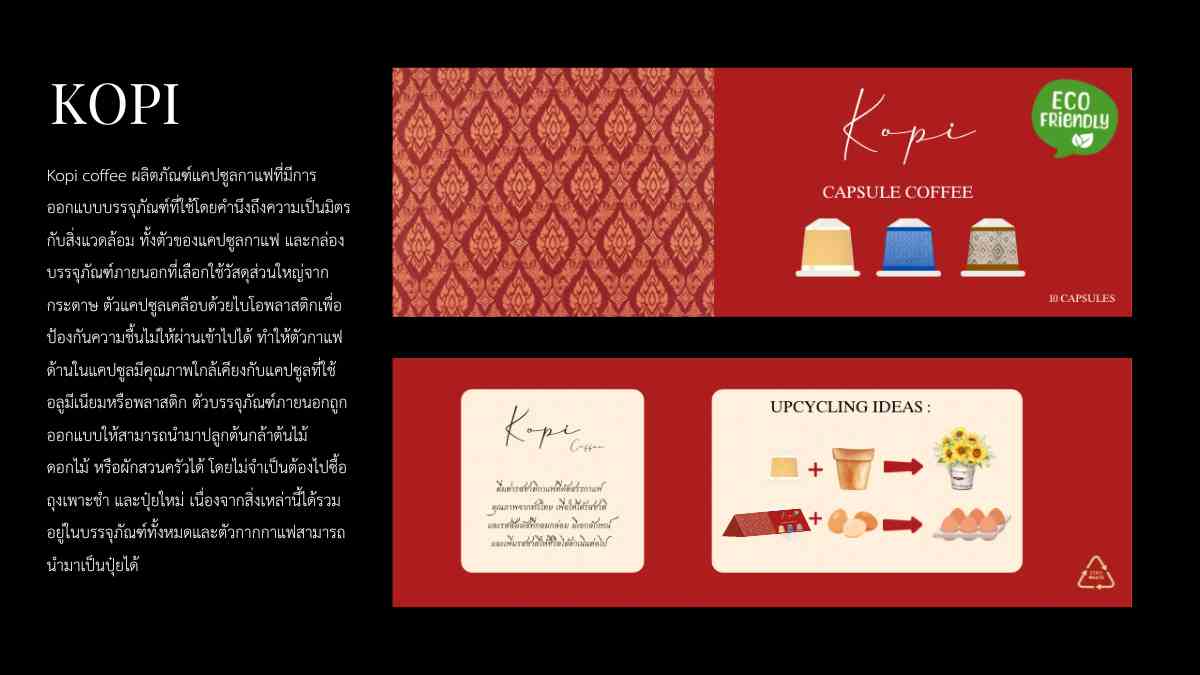
Team : Grow up
Member
Ms Wimvipa Popee
Ms Sopita Klinmalai
Kopi coffee capsules are designed with a strong focus on environmental sustainability. Both the coffee capsule and the outer packaging are primarily made from paper-based materials. The capsules themselves are coated with bio-plastic to prevent moisture from entering, thereby maintaining the quality of the coffee inside, comparable to capsules made from aluminum or plastic. Additionally, the outer packaging is designed to be reused as a planting medium for growing saplings, flowers, or kitchen herbs. This eliminates the need to purchase separate plant pots or fertilizer, as these are integrated into the packaging itself. The used coffee grounds can also be repurposed as fertilizer, contributing further to its eco-friendly design.
Objectives:
1. Increase product value.
2. Promote the principles of Reduce, Reuse, and Recycle.
3. Contribute to expanding green spaces.
4. Ensure rapid biodegradability.
S.W.O.T. Analysis:
Strengths
- High product quality.
- Use of eco-friendly materials.
- Reduces plastic use and packaging waste.
- Rapid biodegradability and potential for reuse.
- Creative and innovative design promoting positive brand recognition.
Weaknesses
- The paper-based packaging may not withstand water pressure as well as aluminum or plastic (capsules can handle up to 13 bars, but coffee machines often have a pressure of 9-15 bars).
- Initial high production costs due to bio-plastic coating.
- Complex manufacturing processes compared to traditional packaging.
Opportunities
- Growing consumer demand for environmentally friendly products.
- Expansion into international markets with stricter plastic reduction policies.
- Marketing campaigns centered on sustainability, such as planting kits included with the product.
Threats
- High competition from other brands adopting eco-friendly practices.
- Consumer skepticism about the durability and effectiveness of paper-based packaging.
Target Audience
The target demographic includes working individuals aged 25-45 who value convenience and sustainability. They seek high-quality products that are easy to use, align with modern fast-paced lifestyles, and reflect a commitment to environmental responsibility.
Packaging Design for Social and Environmental Responsibility:
Coffee Capsule Packaging:
The brand opts to use paper pulp instead of aluminum or plastic for the coffee capsules. This choice reduces the environmental impact, as paper is biodegradable. Additionally, the capsules are coated with bio-plastic to prevent moisture from entering, ensuring the coffee inside retains its quality.
Outer Packaging for Coffee Capsules:
The outer packaging is made from paper and designed with a Thai-inspired aesthetic, making it more appealing and adding cultural value to the product. This design not only increases the product's appeal but also reflects a commitment to sustainability and the environment.
Market Size:
- In Thailand, the coffee market in 2023 was valued at approximately 60,000-70,000 million THB (around $1.8-2 billion USD) with a CAGR of 5-8%.
- Globally, the sustainable packaging market was valued at $305.31 billion USD in 2023, with a CAGR of 6-7% projected through 2030.
Marketing Activities:
1. Campaigns focused on the sustainability of the packaging, such as planting kits.
2. Digital campaigns leveraging platforms like Facebook, Instagram, and Twitter to reach a wider audience.
3. Influencer marketing to build credibility and attract environmentally conscious consumers.
4. Social responsibility campaigns supporting small coffee farmers and sustainable agriculture.
Measuring Marketing Success:
The effectiveness of these campaigns can be evaluated using KPIs such as increased sales, customer feedback on sustainability, and engagement metrics from digital platforms.

